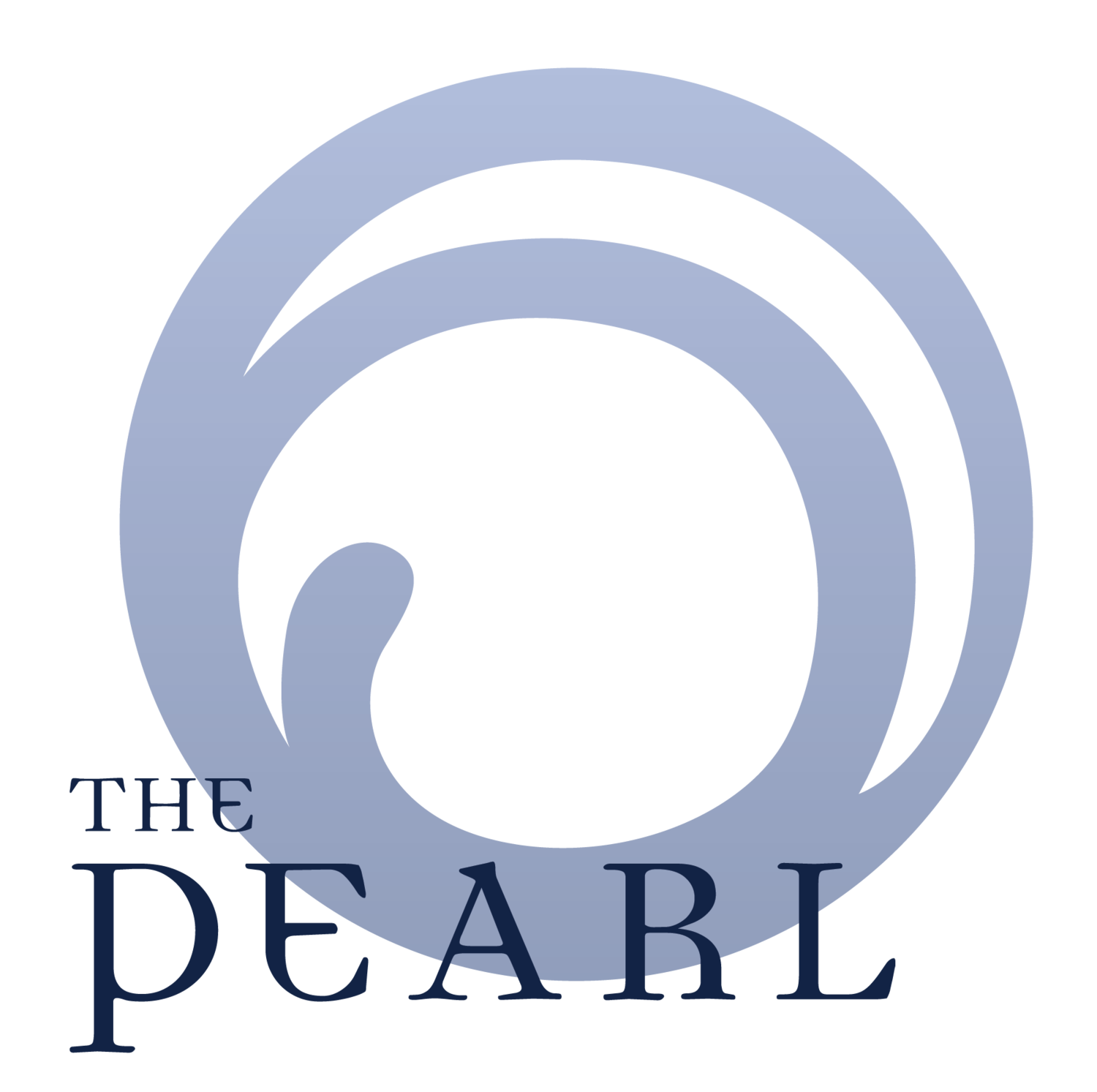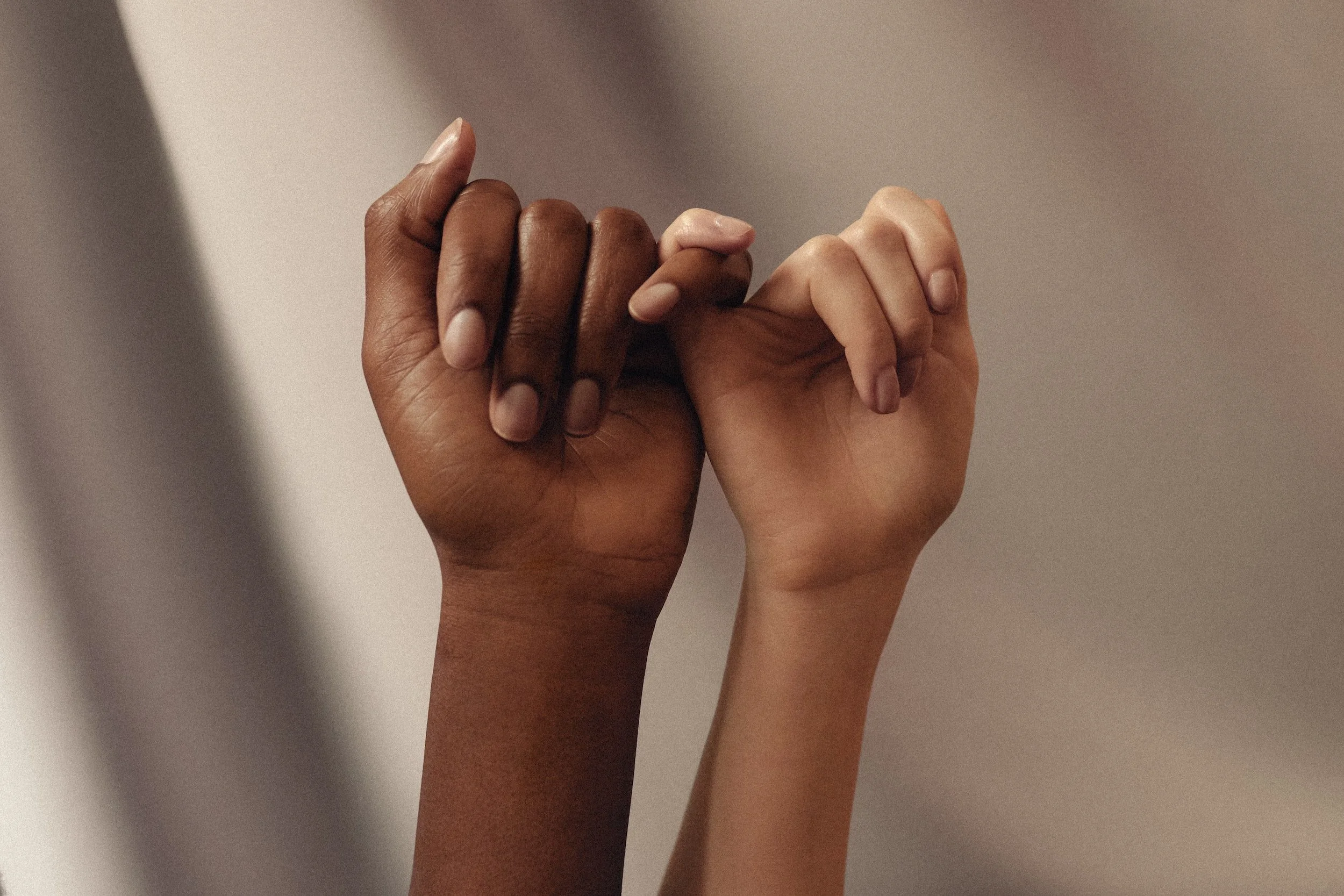WTF is Acne (and how do I make it stop)
Imagine for a moment that you have a huge event coming up. You’ve bought a new outfit, got your hair done in preparation, you are so excited to look your best. Then, the morning of the big day, you are welcomed by the sight of a huge pimple staring back at you in the mirror. Acne, pimples, blemishes, zits-- whatever you call them, they SUCK. Not only can they be painful sometimes, but they can also have a big impact on your self confidence. Trust me-- I’ve had 15 years of personal struggle with it. I am sitting on my couch writing this, acutely aware of the volcano-sized pimple hiding out just under my jawline. It got me thinking-- what even is acne? And, probably more importantly, why? Maybe, by talking about it, I can somehow shed light on how to get rid of it once and for all.
Did you know that over 17 million Americans have experienced acne? Think about that the next time you reach for the concealer to hide a new zit. The term “acne” refers to when an oil gland becomes blocked by dirt, excess oil, dead skin, and bacteria. This can cause the pores of the skin to become inflamed, causing angry raised bumps. Acne can be caused by behaviors, dietary influences, and even hormone fluctuations. That’s why acne seems to start during the teen years, when puberty begins, though it can continue for much longer, much to my chagrin. There are several different types of acne, and each one can have different causes, symptoms and treatments.
Acne can be broken into two subcategories: Non-inflammatory and Inflammatory. As the names might suggest, one occurs when the skin becomes inflamed, or irritated, while the other does not. Inflammation can be caused by a couple things, but often it is caused by bacteria trapped within the blemish itself. So when tackling your acne, it can be important to differentiate the type to figure out the best plan of attack.
Non-inflammatory acne, like black heads and whiteheads, usually are not inflamed, but congested pores. This means that whatever treatment you decide to go with does not need to focus on reducing inflammation, but rather removing the cause of the congestion. Chemical peels, retinoid products like Differin, or natural products with clay or charcoal can be beneficial for reducing these types of acne. These can help remove excess dead skin cells, allowing the pores to breathe while reducing oil production.
When acne becomes red, raised, and enlarged, that is a sign of inflammatory acne. It can be caused by the same sources as blackheads and whiteheads, but often bacteria is trapped in the pore and causes a stronger reaction within the skin. As such, a doctor might suggest a topical product with benzoyl peroxide coupled with antibiotics to reduce inflammation and kill bacteria.
Whether you are looking for a drugstore skincare fix, or want to explore a more medical approach, there is a wide range of options available to combat acne. Most options take time to work-- often 3 months or more for full results. Patience is the name of the game when it comes to effecting lasting change in your skin. It’s not something to be self-conscious over; it can happen at any age, and it doesn’t mean you are doing anything wrong. Do not be afraid to schedule a consultation with an esthetician or dermatologist, to discuss a regimen that will work best for your skin type. So the next time you have a huge event on the horizon, you can rest easy knowing you have one breakout to worry about.












